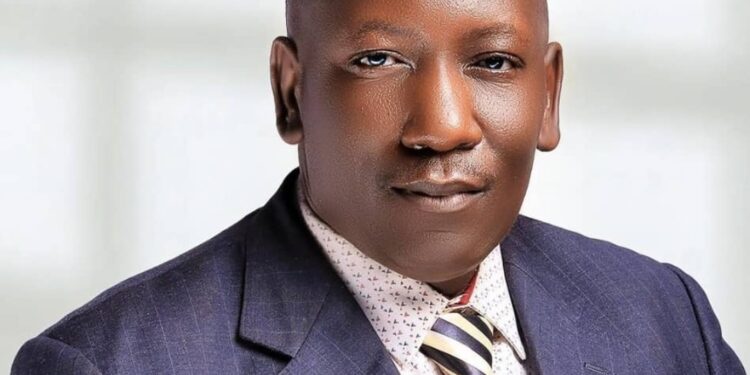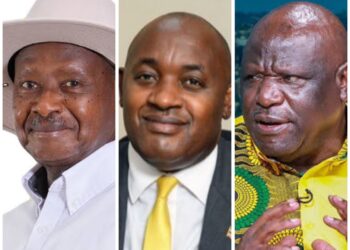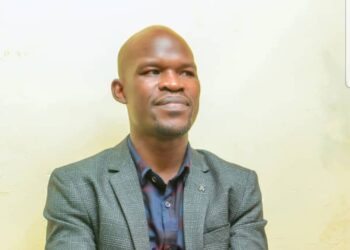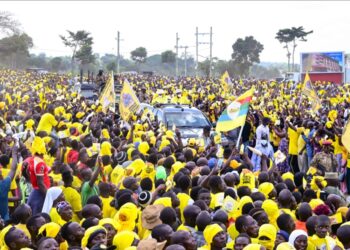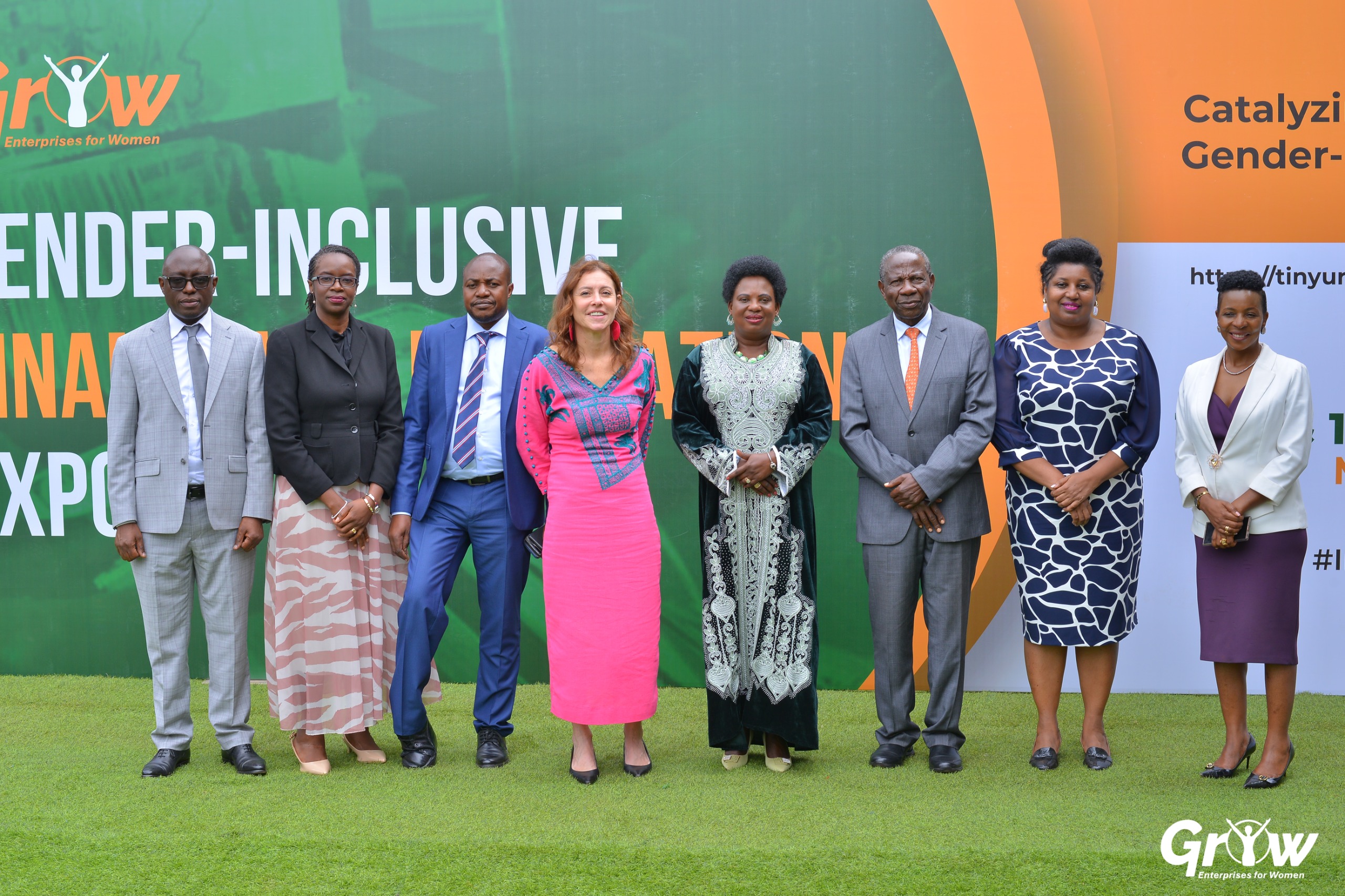Sabalwanyi Semalungu is a soul that saved Uganda out of the tyrannical and bloody hands!! Uganda remains safe under the visionary leadership of H.E Gen.Yoweri Kaguta Museveni Tibuhaburwa.
As we gear up towards the Presidential Elections, it is imparative that we quickly retrieve the gallant struggle that led to the peaceful shinning Uganda we are currently zooming and enjoying. Memories provide a sense of continuity, connecting our past experiences to our present self, helping us understand who we are and how we’ve become the people we are today.
In Runyoro -Rutooro we have an old adage “Ataijuka eby’enyuma tafumbata Mukaikuru” literally imploring us on harnessing history to shape the future. By recalling past struggles of President Museveni and NRA events, we can trace the evolution of our beliefs, values, and perspectives, creating an ideological orientation and cohesive narrative of our lives thus national development
On the morning of 6th February 1981under the visionary leadership of President Yoweri Kaguta Museveni Tibuhaburwa Sabalwanyi Semalungu, a group of 42 people holding 27 guns stormed Kabamba barracks to acquire guns that would be used for their protracted war on Apollo Milton Obote’s government. The 1981 attack on Kabamba Barracks marked a turning point in Uganda’s history. It was the spark that ignited a new dawn that five years later in 1986 ushered in the current peaceful NRM government to power
It should be noted that prior to capturing power, Museveni through his Uganda Patriotic Movement (UPM) party, competed for and lost in the 1980 elections, the then electoral process was marred with excessive irregularities, Uganda’s politics had been dominated by the then two traditional amateur parties of UPC and Democratic Party (DP) since independence unable to steer Uganda’s security & development ahead
This period witnessed unprecedented authoritarian rule characterized by institutional decay, political upheavals and national wide insecurity, this had adversely affected the economy. A cocktail of state decay acted to the advantage of the guerrilla army to successfully garner swift support from the citizenry who were physically spiritually and emotionally tired of bad governance
After a five year protracted bush war in the jungles of Luwero to the rest of Uganda, it all calminated into the The Battle of Kampala that took place from January 17 to 26 , 1986 in which forces of the National Resistance Army (NRA) attacked and captured the Ugandan capital, Kampala, from the Uganda National Liberation Army (UNLA) the rest was now history
During the swearing in ceremony on 29 January 1986, President Museveni promised Ugandans a fundamental change: “No one should think that what is happening today is a mere change of guard, it is a fundamental change in the politics of our country” he said. This raised high hopes amongst the citizenry after many years of unrest. Uganda had since gone through terror times due to bad governance up 1986.
As promised, the NRM government embarked on a number of reforms as outlined in the Ten-Point programme—a policy document written in August 1981 by the NRM guerrillas to guide them once in power. Key among the policies, was the introduction of participation of grassroots structures, initially known as Resistance Councils (RCs) later (1993) renamed Local Councils (LCs).
The RC structure hierarchically linked tiers namely, the Village council (RC1), Parish council (RC2), Sub-county council (RC3) etc In essence, the adoption of the RCs helped to rebuild the administrative structure of the earlier collapsed state. The RCs provided a democratic climate for citizens to effectively participate in public decision-making.
The other reforms included the decentralization of power to local governments, election of people’s representatives to the national legislature, affirmative action for women and other marginalized groups, establishment of the offices of ombudsman and Human Rights Commission, pacification of the army, allowing civil society to organize freely, and writing a new constitution among others. The political and economic reforms introduced in the first ten years of the NRM government popularized the regime. The new grassroot institutions also helped to legitimize the NRM government thus earning the trust of Ugandan to-date
The NRM government has since embraced participatory politics and tolerated divergent political views. Evidence of political tolerance can be exemplified by President Museveni’s consiquent cabinets, which have been all-embracing and broad based, drawing members from the NRM, opposition political parties and other shades of political life. NRM government accommodates Uganda’s religious, regional and ethnic social diversities. These policies unified and stabilized the country especially after many years of political unrest. 2026 is the year to once again sustain the peace, stability and development by settling for the best H.E Gen.Yoweri Kaguta Museveni Tibuhaburwa Sabalwanyi Semalungu
More series to be continued
The Author is Deputy Resident District Commissioner-Kyenjojo District
Do you have a story in your community or an opinion to share with us: Email us at editorial@watchdoguganda.com

